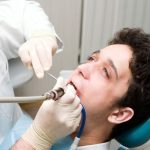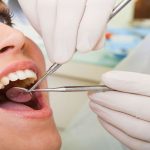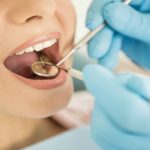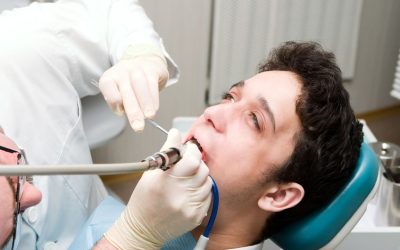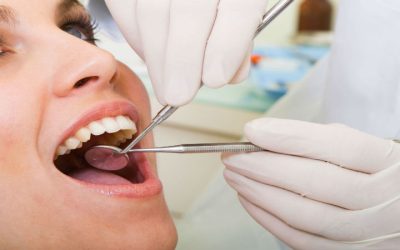One of the most commonly used alternatives when trying to eradicate decay comes from the use of composite resin Teeth Filling in Jackson MI. This is an intervention that is emphasized mainly as a simple and painless procedure. This short piece will talk about this treatment as well as the differences between the amalgam and composite material that is also used to perform this common oral intervention. Read on or click here to find more details.
As discussed above, tooth decay is solved by applying dental fillings. One should know, however, that this is an effective solution only when the disease is in its early stages. If the decay has penetrated into the tooth, the dentist will need to take more drastic and complex measures to solve the problems. What should one know about these types of fillings? Foremost, it is a simple procedure since only the decayed section is removed with specific instrumentation. The dentist will then proceed to fill the area treated with composite resin and, thanks to a strong UV light, the resin will harden. The dentist will also check to ensure that the bite is correct and will carry out a series of routine checks in the future. Generally, this is a process that lasts approximately 15 minutes and will allow people to eradicate their tooth decay.
The use of composite resin is due to several reasons, one of which is because the resin is a material that stands out for its strength and durability, which is one of the reasons why it has become one of the materials most used in the dentistry sector. Another key factor in choosing the composite is because it respects the aesthetics of the patient because it has a very similar color of the patient’s other teeth. On the other hand, amalgam, which is the metal alloy that has been used for years, lasts the longest. However, this treatment seriously affects the aesthetic appeal of the patient. Also, do not forget that it can be toxic to some because it contains mercury. Clearly, a Teeth Filling in Jackson MI is one of the most simple, painless and effective interventions in dentistry.


